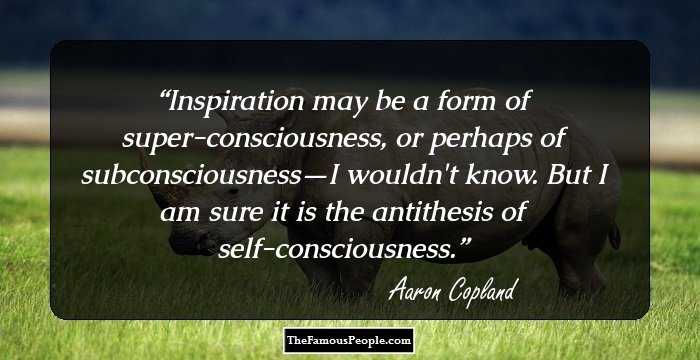

It was premiered in 1937 by the Mexico Symphony Orchestra with Chávez conducting and was the first of his signature works that used folk music in a classical composition.

Copland composed El Salón México (1936) to depict a fictional dance hall with both upper class and peasants musically separated by European dances and folk music. He wanted to create a distinctly American type of classical music, one that would be as easily recognized as jazz in the U.S., folk music of Mexico, or the nationalistic music of various European countries.ĭuring the Great Depression, Copland visited Mexico several times and became friends with the composer, Carlos Chávez, whose music was influenced by native groups and instruments that made up the Mexican culture. The works that immediately followed contained jazz elements. That composition, Symphony for Organ and Orchestra, was premiered in 1925 and officially marked Copland’s entrance as part of the classical music scene in America. One of those composers was Serge Koussevitsky who asked him to write something for the Boston Symphony Orchestra. Under her guidance, he had a thorough music education that ranged from Bach to the contemporary composers of the early 20th century.Ĭopland and Boulanger enjoying dinner together While there, he spent three years studying with Nadia Boulanger, the internationally known composer, conductor, teacher, and pianist. In 1921, he went to Fontainebleau, France to study at the American Conservatory. By the time he was 15, he was studying theory and composition with Rubin Goldmark who was considered a nationalistic American composer. He started formal piano lessons when he was 13 and had already written some small pieces. Copland and his four older siblings developed their interest in music from their mother who played the piano and sang. His parents had emigrated from Lithuania and were active in the Kane Street Synagogue, founded in 1856. With works like Fanfare for the Common Man, Appalachian Spring, and Rodeo, he incorporated folk music, Shaker hymn tunes, and harmonies that resembled the immense and varied landscape, as well as the patriotic and pioneer spirit.Ĭopland was born November 14, 1900, in Brooklyn, NY. NOTE: Names above in bold indicate LGBT people.Aaron Copland composed music known for its “American” sound during a time when music in the United States was still heavily influenced by the European composers. In 2008, the home was designated a National Historic Landmark for its association with the celebrated composer.Įntry by Amanda Davis, project manager (March 2017). His most enduring relationship was with photographer Victor Kraft, though he would come and go in Copland’s life.Ĭopland lived the last 30 years of his life in a house in Cortlandt, New York. He also co-founded the American Music Center in 1939 its collection of music scores was donated to the New York Public Library for the Performing Arts in 2001.īiographer Howard Pollack notes that Copland was one of the few composers of his stature to live openly and travel with his lovers, who tended to be younger artists. Today it is the oldest national organization of its kind. In 1938, Copland helped establish the American Composers Alliance – and was its president from 1939 to 1945 – to promote and publish American contemporary classical music. In addition to his work, he was a mentor to many gay composers, including Leonard Bernstein in the late 1930s and early 1940s.

Copland was given New York Music Critics Circle Awards for the latter two works Appalachian Spring, composed for choreographer Martha Graham’s ballet in 1944, also earned him a Pulitzer Prize in Music.

A selection of compositions completed while in residence at the Hotel Empire include Billy the Kid (1938), Fanfare for the Common Man (1942), Lincoln Portrait (1942), Rodeo (1942), Appalachian Spring (1944), and Symphony No. He also rented and worked in a nearby loft at 113 West 63rd Street (demolished for Lincoln Center).ĭuring this incredibly prolific period, Copland completed a number of important works, some of which are among the cornerstones of 20th-century American music. His most significant city residence was a modest tenth-floor studio – furnished with a piano – at the Hotel Empire from 1936 to 1947. In between extensive travels abroad, Copland lived in a number of Manhattan apartments, including his first at 135 West 74th Street from 1924 to 1926. He grew up in an apartment at 628 Washington Avenue (demolished) in Prospect Heights, Brooklyn, and heard his first symphony at the Brooklyn Academy of Music (BAM) when he was 16. Brooklyn-born Aaron Copland (1900-1990), known as the “Dean of American Music,” was one of the most influential and popular figures of 20th-century classical music.


 0 kommentar(er)
0 kommentar(er)
